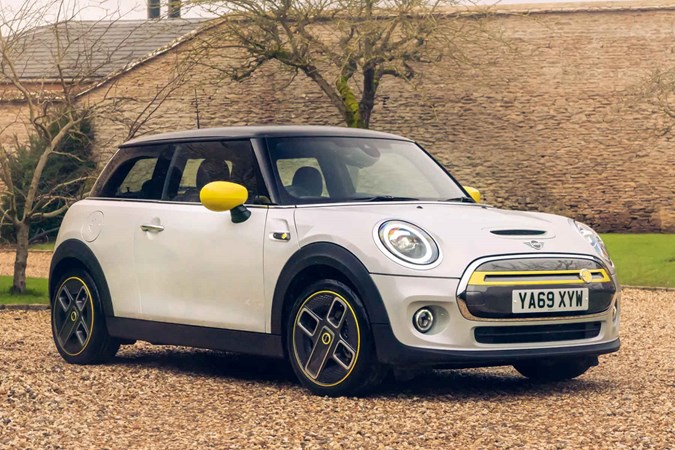The Plug-in Car Grant (PiCG), AKA the Plug-In Vehicle Grant (PiVG) is a government scheme to incentivise electric vehicle (EV) uptake. It ended in June 2022, but the Department for Transport (DfT) has enabled an extension citing delivery delays. The changes will not enable any further applications for consumers buying now though.
The government scheme, aimed at encouraging drivers and fleet operators to switch to electric vehicles via a subsidy, was dropped in June 2022. However, an extension on deliveries has been granted until March 2023.
A DfT spokesperson confirmed, ‘“We have temporarily extended the Plug-in Vehicle Grant delivery period in recognition of the continuing delays in manufacturing supply chains, due to ongoing semi-conductor shortages and the conflict in Ukraine.’
The extension will ensure all orders with PiVGs logged onto the system between 14 June 2021 and 31 March 2023 are covered.
There are key savings to be made with electric vehicle ownership, e.g. reduced ‘fuel’ costs, lower maintenance and servicing, and of course, the environmental benefits. What’s more, there’s rising number of clean air zones and ultra-low emissions zones (ULEZ) targeting commercial vehicles financially targeting fleet operators and smaller businesses operating non-compliant vans.
Who qualifies for the extended PiVG?
Previously, hybrids with a zero-emissions range of at least 70 miles, and quoted CO2 emissions of less than 50g/km could apply for the discount.
Now, the requirements to meet the criteria only applies to fully electric vehicles. So if you placed an order on a plug-in vehicle before 14 June 2022, and your vehicle is delivered by March 2023, you’ll still receive the Plug-in Vehicle Grant.

What cars were eligible for the Plug-in Car Grant?
If you placed your order on any of the below, you may be eligible for the subsidy. It’s likely your dealership will have contacted you, but if you’re in doubt, give them a call.
- Citroen e-Berlingo
- Citroen e-Spacetourer
- Fiat 500e
- Honda e
- Hyundai Ioniq Electric
- Hyundai Kona Electric
- Mazda MX-30
- MG 5 EV
- MG ZS EV
- MINI Electric Hatch
- Nissan e-NV200 (5 and 7 seat versions only)
- Nissan Leaf
- Peugeot e-208
- Renault Zoe
- SEAT Mii Electric
- Skoda Citigo-e iV
- Vauxhall Corsa-e
- Volkswagen e-Golf
- Volkswagen e-Up
- Volkswagen ID.3
Plug-in Vehicle Grant history
In 2011 the government introduced the scheme. It provided a £5,000 cash incentive off the list price of a qualifying vehicle, and aimed to help reduce emissions and improve air quality through increased takeup of zero-emissions vehicles.
With greater numbers of EVs (electric vehicles) and PHEVs (plug-in hybrid electric vehicles) now on the roads, the government revised the Plug-in Car Grant in 2016, 2018, and again in 2020 reducing its scope to reflect the increase in the popularity of zero-emission vehicles.
If you bought an eligible car before 2016, the PiCG paid £5,000 towards its list price. This was reduced to £4,500 in 2016, or just £2,500 for plug-in hybrids. In 2018 the scheme was reduced further, with full EVs now receiving a grant of £3,500 while PHEVs now receive no grant at all.
In the Spring 2020 Budget, this was further reduced to £3,000, and has been adjusted so that EVs costing more than £50,000 are no longer eligible. The good news is that the ‘temporary measure’ has been extended to run until at least 2023.
On 18 March 2021 it was cut even further to £2,500, and was made only applicable for EVs worth less than £35,000.
In December 2021, the PiCG was cut by £1000 to £1,500, before being scrapped in June 2022.
More than 285,000 vehicles have been purchased with PiVG assistance. Ultimately, the government is tasked with getting us all into zero emissions vehicles by 2050. By 2030, the sales of new petrol and diesel cars will be banned. Hybrid vehicles will follow suit by 2035.
Just so you know, we may receive a commission or other compensation from the links on this website - read why you should trust us.








